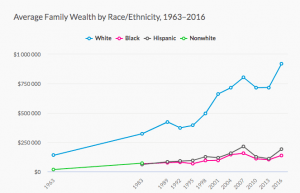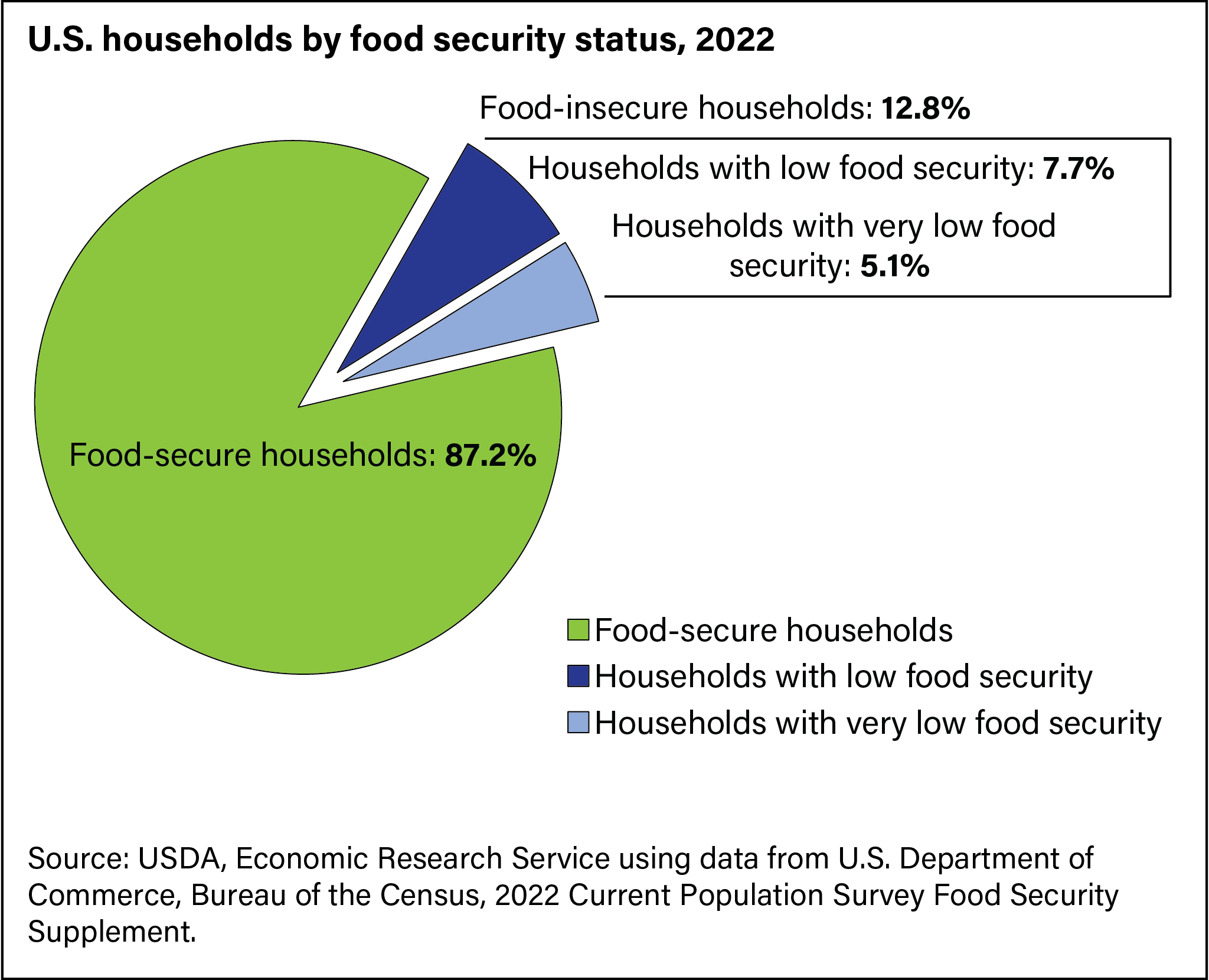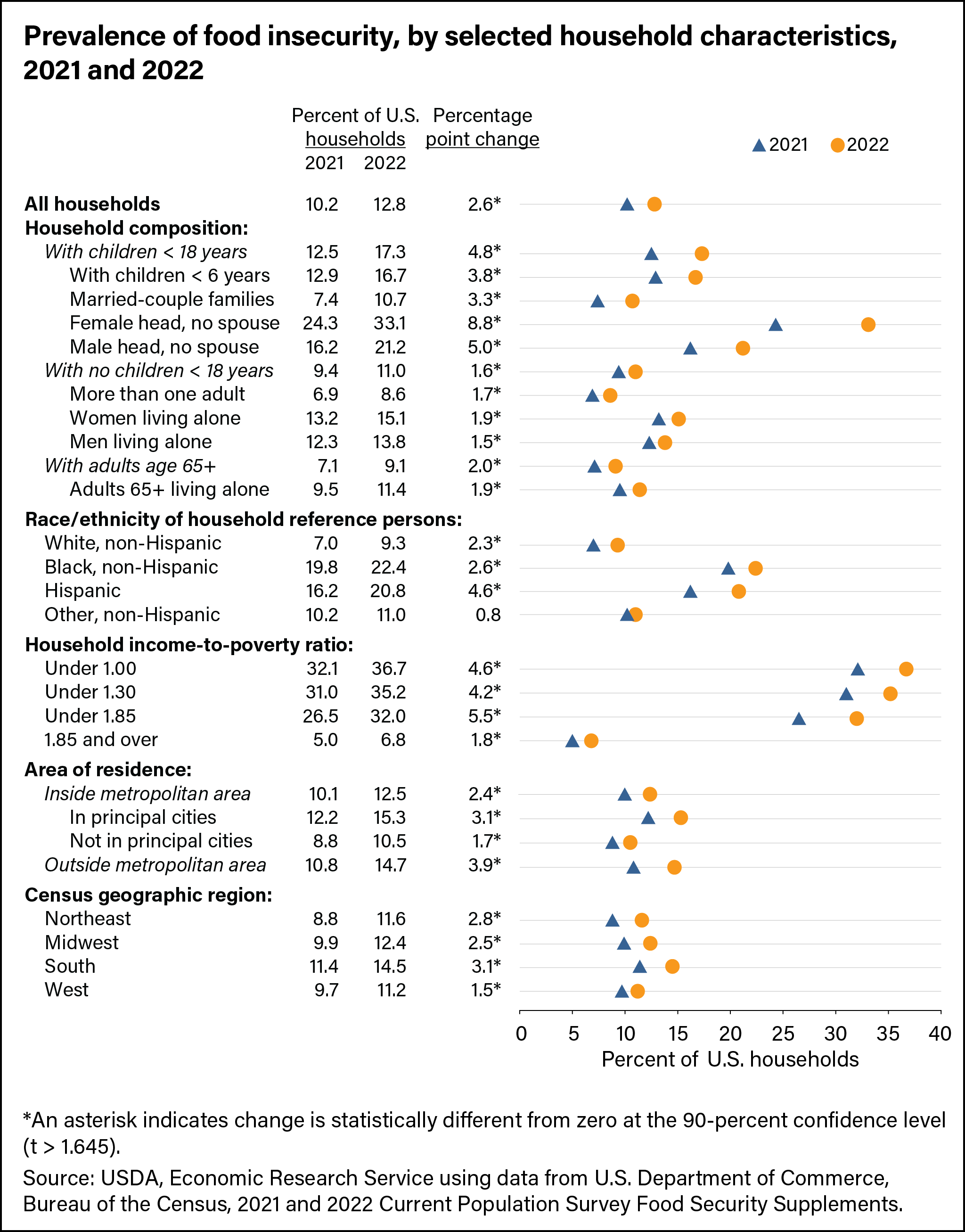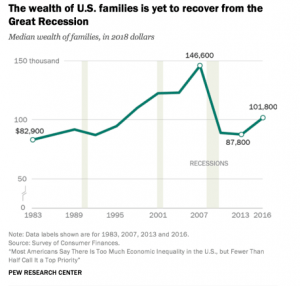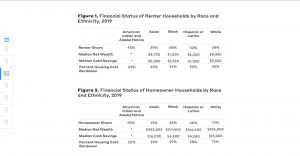During the Covid 19 virus outbreak, this left many families coping with insecurities such as food, income, and health. With many people losing their jobs due to the worldwide shutdown, this impacted the food insecurity issue. Without jobs there was not a constant income coming into families homes that they could use for necessities such as food. The impact of Covid 19 on food security has a common theme of different races being differently affected. As presented in the chart below, it depicts the food insecurities by race with a variable of whether the family had children or overall. As we can see, the black and hispanic race was much more affected by Covid 19 in relation to food security. This chart was found in a study on whether the families had thought about food in the last seven days. The black communities suffered from Covid 19 food insecurity most prominently as shown in the chart at 23%. Whereas the Asians and White race were suffering less but it also depicts how all races had been affected by food insecurities during Covid. As the United States recovers from the pandemic, society must intend to help the families in need whether that’s through governmental funding or radical changes such as access to food banks and pantries. Although food insecurities is a major suffrage of Covid, there are several other social justice issues that the American society is working toward. Charts like the one below can visually present the effects Covid has had, and there are many other charts for other social justice issues.

References:
https://econofact.org/who-does-not-have-enough-to-eat-in-america

